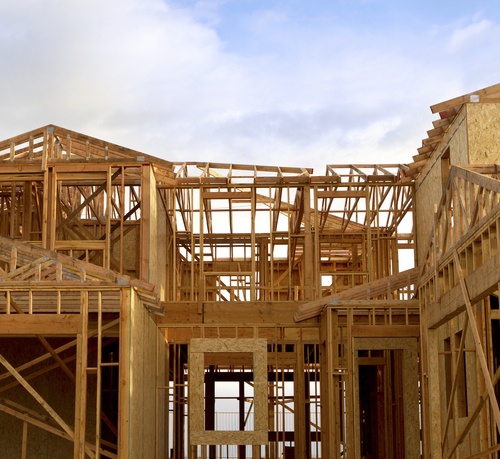Why is Your Home Not Selling?
 Has your home been on the market for quite some time with no offers? Have you been watching while other homes in your neighborhood sell within days of listing? Are you frustrated and worried that you may never find a buyer?
Has your home been on the market for quite some time with no offers? Have you been watching while other homes in your neighborhood sell within days of listing? Are you frustrated and worried that you may never find a buyer?
If you’re having trouble selling your home, it’s time to take a good look at what you’re offering. Here are common problems that cause homes to languish on the market.
Your home is priced too high
Even in a seller’s market, there are limits to how high you can price your home. Determining the best price for your home can be tricky. Enlisting the help of a real estate professional who is an expert in your market can be a huge asset. They will know what the comps are for your area and how your home stacks up to the competition. They will also be well versed in the market trends that are currently affecting housing prices in your area, and can adjust your asking price accordingly. If your home isn’t selling, examining your asking price is one of the first steps you should take.
Your home is in poor condition
If you want to get your full asking price, you need to pay special attention to the condition of your home. If your house falls short in any way from other properties available in your area, it could cause it to not sell. Are there improvements you could make to your home that would make it more appealing to buyers? This could include sprucing up your curb appeal, making cosmetic changes to the interior, and addressing repairs like holes in the walls or leaky faucets.
Your marketing materials need work
Many buyers do their first home searches online. This means that the photos you take of your home are the first things potential buyers will see. Your photos can either entice them to see more or turn them off. Take a look at your listing photos. Do they highlight your home’s best features, or are you leaving too much to the imagination? Consider hiring a professional photographer to shoot flattering photos of your home for your listing.
You haven’t depersonalized
When buyers walk into a home, they want to be able to envision themselves living there. That can be hard to do if you have too much personal clutter in your home. Buyers may not (and probably will not) share the same tastes as you, so it’s imperative you remove personal items and clutter before showing the home.
Buyers can’t see the house
Selling a house is an inconvenience to those currently living in it. But it’s an unavoidable price of doing business. If you make it hard for buyers to come see your home in person, it’s more likely to sit on the market. If you have renters, consider waiting until the renters have vacated before showing the home. If you are currently living there, be reasonable about allowing agents to show your home as necessary.
It could be the difference between selling your home quickly and for a good price, or waiting weeks or even months before you get an offer.
Compliments of Virtual Results




 There’s so much to think about when you’re moving, from making sure all your belongings arrive in one piece to getting the utilities set up in your new home. It can seem like your to-do list never ends. But one important step that you shouldn’t forget to take is changing your address. While forwarding your mail through the
There’s so much to think about when you’re moving, from making sure all your belongings arrive in one piece to getting the utilities set up in your new home. It can seem like your to-do list never ends. But one important step that you shouldn’t forget to take is changing your address. While forwarding your mail through the  Are you getting ready to sell your home? If you are, then you may be feeling overwhelmed by the number of tasks ahead of you. While selling your home is a big job, you can make it easier by taking it one step at a time. We’ve put together a simple to-do list that outlines what you’ll need to do as you prepare to sell your home.
Are you getting ready to sell your home? If you are, then you may be feeling overwhelmed by the number of tasks ahead of you. While selling your home is a big job, you can make it easier by taking it one step at a time. We’ve put together a simple to-do list that outlines what you’ll need to do as you prepare to sell your home. In you’re in the market for a new home, you’ve probably heard that spring and summer are the best times to buy. That’s when you’ll find the largest inventory of homes for sale. On the flip side, you’ll also have more competition from other motivated buyers. If you’re gearing up for your summer home search, here’s what you should know.
In you’re in the market for a new home, you’ve probably heard that spring and summer are the best times to buy. That’s when you’ll find the largest inventory of homes for sale. On the flip side, you’ll also have more competition from other motivated buyers. If you’re gearing up for your summer home search, here’s what you should know.







 Catch Our Feed
Catch Our Feed Subscribe via Email
Subscribe via Email Follow Our Tweets
Follow Our Tweets Friend Us On Facebook
Friend Us On Facebook Watch Us On Youtube
Watch Us On Youtube